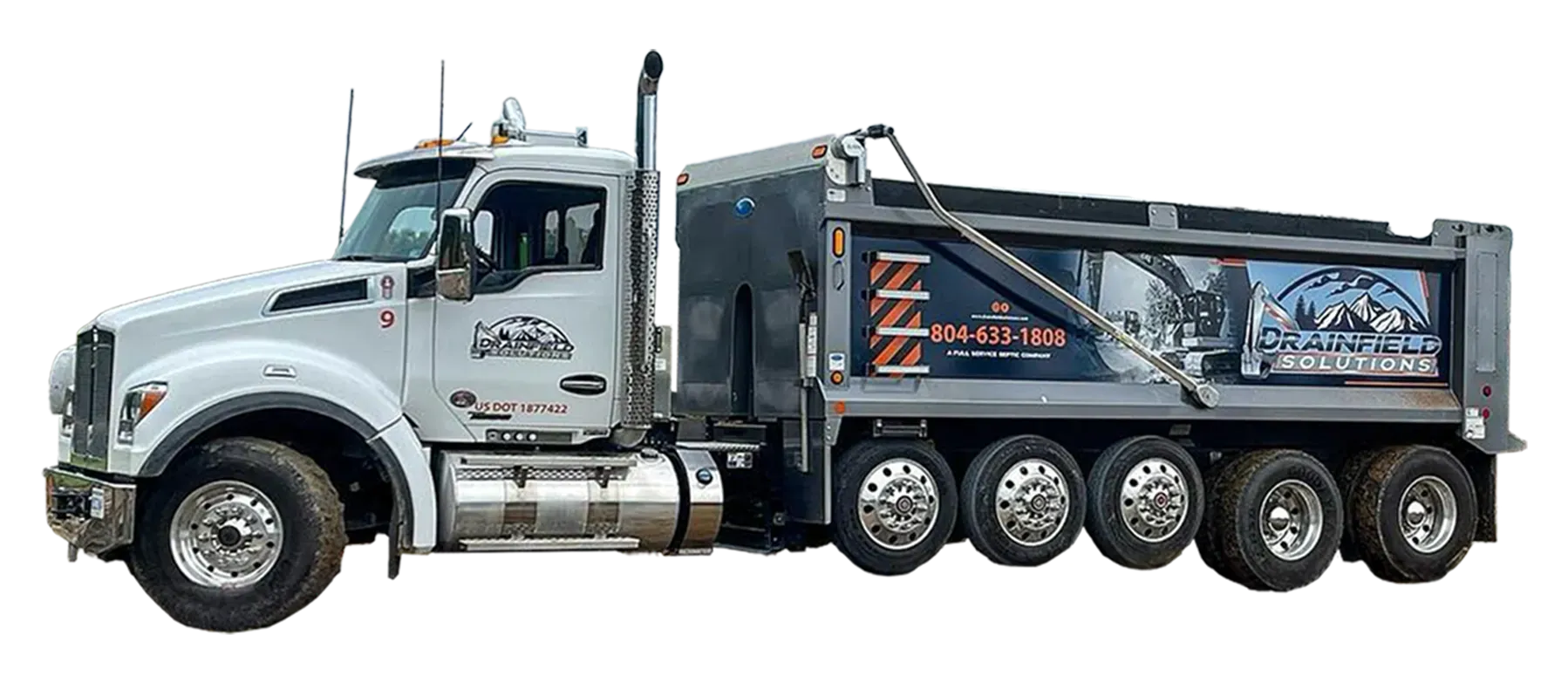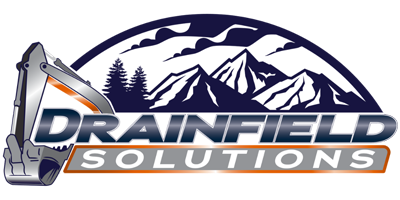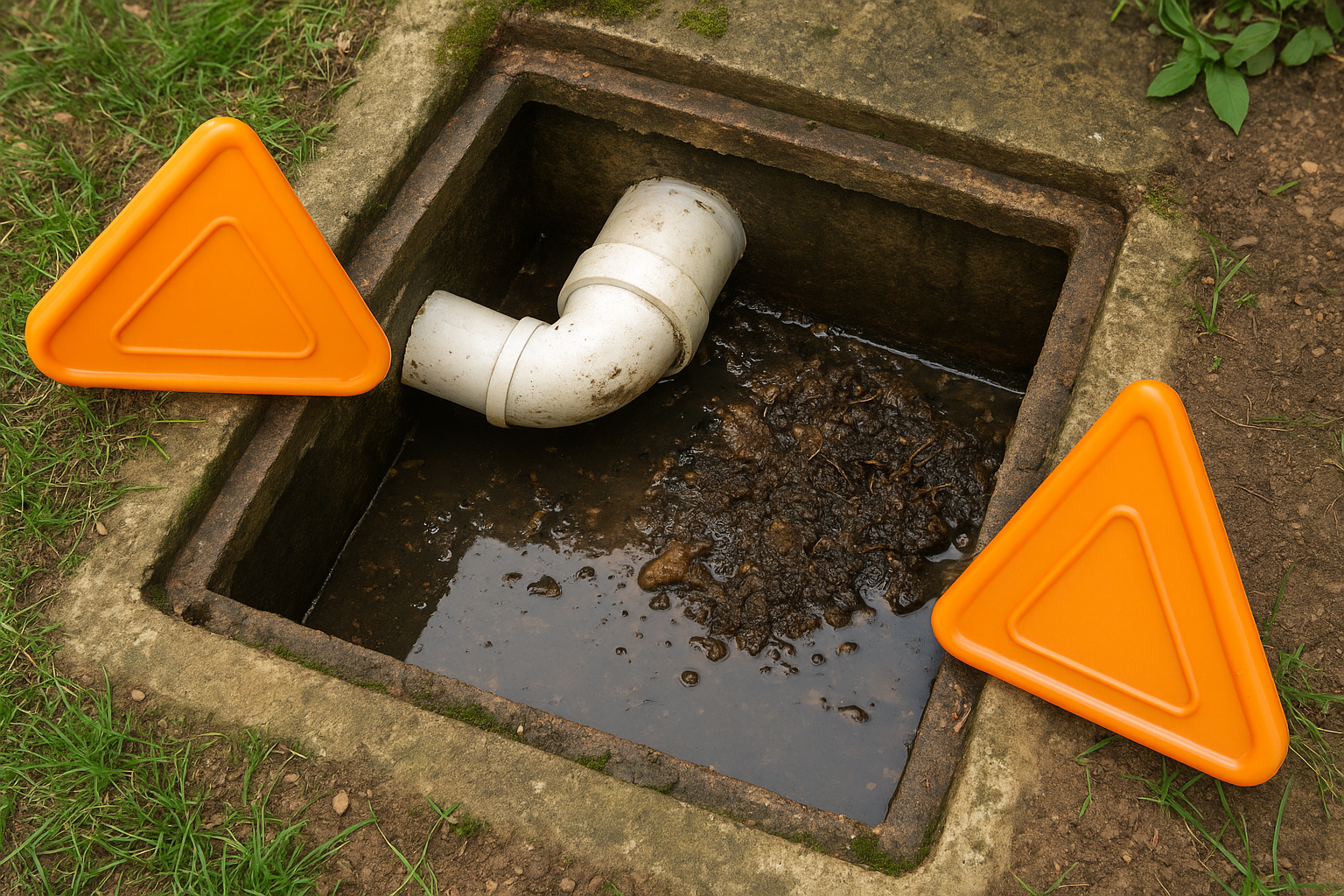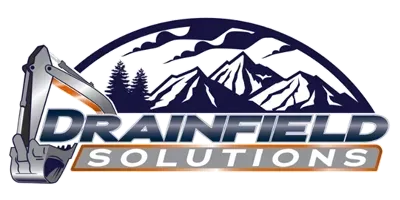
Septic Tank or Drainfield Problem? Addressing Slow Draining In Your Home and Getting Things Flowing Again!
February 25, 2025
There’s nothing more frustrating than water that just won’t go down the drain. Do you have a septic system and find yourself staring at a sink full of murky water, wondering what went wrong. Slow drains are like the unwelcome guest who refuses to leave—they start as a minor inconvenience but can quickly spiral into a major problem.
Why Are My Drains Running Slowly?
A slow drain is your plumbing’s way of waving a red flag. When you have a septic system and wastewater doesn’t flow freely, it’s usually due to one of these common culprits:
- Clogs: Over time, grease, hair, soap scum, and food particles can build up in your pipes, causing blockages.
- Full Septic Tank: If your septic tank is overdue for pumping, wastewater can’t flow out properly, leading to backups and slow drainage.
- Drainfield Issues: A clogged or saturated drainfield can slow down your entire system, making water take its sweet time.
- Blocked Vents: Plumbing vents help air circulate through your system, ensuring water flows smoothly. If a vent is blocked, your drains may gurgle and slow down.
- Damaged Pipes: Cracked or broken pipes can restrict water flow and cause leaks or backups.
Clearing Simple Clogs
Let’s start with the basics: clogs. They’re the most common reason for slow drains, and luckily, they’re often easy to fix.
- Kitchen Sinks: Grease and food scraps are the usual suspects here. Pouring hot water mixed with dish soap can help break up minor grease clogs. For stubborn blockages, try a plunger or a drain snake.
- Bathroom Sinks and Showers: Hair is the main offender. Use a drain cover to catch strands before they clog your pipes. If you already have a hair clog, a small drain snake or a bent wire hanger can work wonders.
- Toilets: For toilets, stick to a plunger. It’s the easiest and safest way to clear minor clogs. Avoid using chemical cleaners, as they can damage your pipes and harm your septic system.
When It’s More Than a Clog
If you’ve tried clearing the drain and it’s still slow, the problem might go beyond the pipes inside your home. Slow drains in multiple areas of the house could mean your septic tank or drainfield needs attention.
Is Your Septic Tank the Problem?
Your septic tank is the heart of your system, and when it’s full, everything slows down. A full tank can’t separate solids and liquids effectively, causing backups and sluggish drainage.
Signs You Need Septic Tank Pumping:
- Slow drains in multiple areas of your home.
- Gurgling sounds from your sinks or toilets.
- Unpleasant sewage odors around your tank or drainfield.
If it’s been more than 3–5 years since your last septic tank pumping, it’s time to call a professional. A routine pump-out can often resolve slow-drain issues and prevent more serious problems down the line.
Could It Be the Drainfield?
If your septic tank is fine but your drains are still acting up, the problem could lie in your drainfield. The drainfield is responsible for dispersing wastewater into the soil, but when it’s saturated or clogged, the entire system can slow down.
Signs of Drainfield Trouble:
- Standing water or soggy patches above the drainfield.
- Unusually lush or fast-growing grass in the drainfield area.
- Mushy ground that feels soft or spongy underfoot.
A professional inspection from Drainfield Solutions can determine whether your drainfield needs aeration, repair, or even replacement.
Blocked Vents: The Overlooked Culprit
Plumbing vents might not get much attention, but they play a crucial role in your system’s functionality. These vents allow air to circulate, ensuring wastewater flows smoothly.
When a vent is blocked—by leaves, debris, or even a bird’s nest—it can trap air and slow down your drains. You might even hear gurgling noises when running water or flushing the toilet.
If you suspect a blocked vent, it’s best to call in a professional to inspect and clear it safely.
Preventing Slow Drains in the Future
Once you’ve fixed your slow-drain problem, take these steps to keep things flowing smoothly:
Watch What You Flush:
- Only flush toilet paper and human waste.
- Avoid flushing wipes (even the “flushable” kind), feminine hygiene products, or anything else that doesn’t break down easily.
Be Kind to Your Kitchen Sink:
- Don’t pour grease, oil, or coffee grounds down the drain.
- Use a strainer to catch food particles before they enter the pipes.
Schedule Routine Maintenance:
- Pump your septic tank every 3–5 years to prevent backups.
- Have a professional inspect your system annually to catch potential issues early.
Conserve Water:
- Spread out water-heavy activities like laundry and dishwashing to avoid overloading your system.
- Fix leaks promptly to prevent excess water from entering your septic tank.
When to Call the Experts
If you’ve tried DIY fixes and your drains are still slow, it’s time to call in the professionals. At Drainfield Solutions, we offer comprehensive septic services in Central Virginia to diagnose and resolve your septic system problems.
What We Offer:
- Thorough septic tank inspections to pinpoint the cause of your slow drains.
- Expert septic tank pumping to clear out solids and restore flow.
- Drainfield repair and drainfield restoration to ensure wastewater is properly dispersed.
With nearly two decades of experience in Essex County, Richmond County, King & Queen County, King William County, Culpepper County, and Richmond County, our team has the knowledge and tools to get your septic drainfield system running smoothly again.
What Sets Us Apart:
- Prompt, professional technicians who get the job done right.
- Tailored septic system solutions that meet the unique needs of your home and property.
- Eco-friendly practices that protect the environment and your investment.
- Always reliable and always professional!
Let’s Get Things Flowing Again
Call Drainfield Solutions today at 804-633-1808 or visit our contact page to schedule an inspection or consultation. Drainfield Solutions will get your drains moving again—and your home back to normal—in no time!
Share Post
Latest Posts
Ready to Take the Next Step?
Whether you're in need of a system inspection or regular maintenance, Drainfield Solutions is here to help. Get in touch today for reliable service you can trust.






